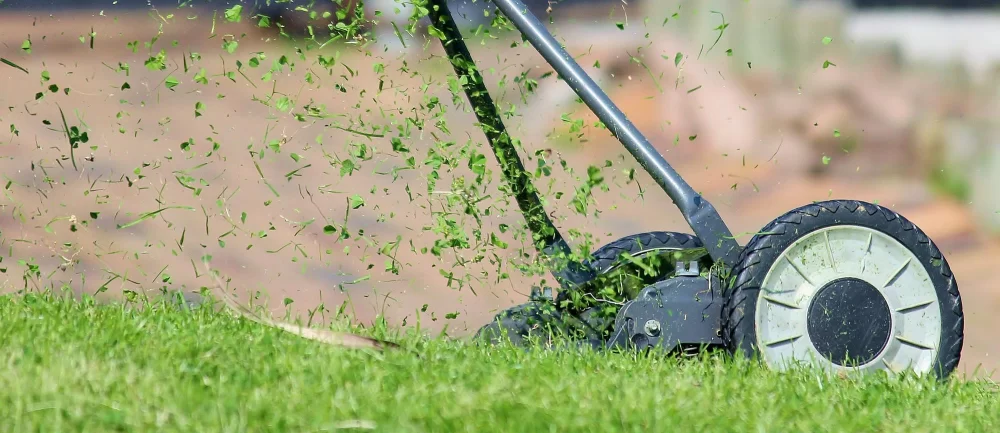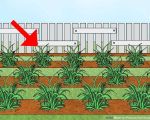
How I Discovered the Secret to a Thriving Lawn
As a homeowner in the Midwest, I used to think having a lush, green lawn was just about watering it regularly and mowing it on time. I couldn’t have been more wrong. After years of battling patchy grass, weeds, and dull color, I finally learned the crucial role that nutrients play in lawn health. What I uncovered transformed my yard — and it can do the same for yours.
Understanding What Your Lawn Really Needs
Your lawn is a living ecosystem. It needs more than just water and sunshine to thrive — it needs a balanced diet, just like we do. When I first tested my soil (yes, with an actual soil test kit from my local garden center), I found it lacked nitrogen and potassium. That insight changed everything.
1. The Big Three Nutrients: N-P-K
Nitrogen (N), Phosphorus (P), and Potassium (K) are the foundational nutrients every lawn needs. Each plays a unique role:
- Nitrogen – Fuels leaf growth and gives grass its rich green color.
- Phosphorus – Encourages root development and helps new grass establish.
- Potassium – Supports overall health, disease resistance, and drought tolerance.
After I adjusted my fertilizer routine to include a 3-1-2 ratio of N-P-K, I noticed improvements within weeks. My grass became denser, greener, and more resilient to foot traffic and weather extremes.
2. Micronutrients Matter Too
Many people overlook micronutrients like iron, calcium, and magnesium. But trust me, these trace elements make a big difference. I once added a chelated iron supplement to my lawn after reading about it online, and the boost in color was dramatic — without overstimulating growth like nitrogen does.
Creating a Nutrient Plan That Works Year-Round
Timing is everything. Feeding your lawn properly depends on the season and your local climate. Here's what I follow in the U.S., and it's worked wonders:
3. Spring: Wake-Up Call
In early spring, I use a slow-release fertilizer high in nitrogen to help my lawn break dormancy and green up quickly. I avoid phosphorus unless I’m seeding or sodding new grass.
4. Summer: Maintenance and Protection
During hot months, I switch to a balanced fertilizer with lower nitrogen. Too much nitrogen in summer can burn your lawn. I also add potassium to help my grass handle heat stress better.
5. Fall: Preparation for Dormancy
Fall is prime time for lawn care. I use a high-potassium fertilizer to strengthen roots and prepare the lawn for winter. This step makes a noticeable difference in how quickly it bounces back in spring.
6. Winter: Minimal Intervention
In most parts of the U.S., lawns go dormant in winter. I avoid fertilizing during this time, but I do clear debris and occasionally apply lime if soil pH needs adjustment based on test results.
Real-Life Story: My Lawn's Transformation Journey
A couple of years ago, I decided to enter our neighborhood's “Best Lawn” contest — partly as a joke. I had just started my nutrient regimen and didn't expect much. But by mid-summer, my yard had become the envy of the block. My neighbor, Joe, even asked what I was “feeding it.” I shared my secret, and now we both use the same lawn care calendar. That’s the power of nutrients — they don’t just change your grass; they can change your whole neighborhood vibe.
Common Mistakes to Avoid When Feeding Your Lawn
Even with good intentions, it’s easy to overdo or misuse fertilizers. Here’s what I learned the hard way:
- Never fertilize before heavy rain — you’ll lose most of the nutrients to runoff.
- Don’t apply more than recommended — it can cause chemical burn or nutrient imbalance.
- Always read the label — different products serve different purposes and timings.
I once accidentally used a spring fertilizer in the middle of summer and ended up with a scorched lawn that took weeks to recover. Lesson learned!
Testing and Adjusting: The Smart Way to Care for Your Lawn
Regular soil testing has become my lawn care compass. It tells me exactly what’s missing and helps me adjust my feeding schedule with confidence. Most county extension services offer inexpensive testing, and the results are usually more detailed than store-bought kits.
Every spring, I test my soil and adjust my nutrient plan accordingly. This data-driven approach takes the guesswork out and ensures I’m not wasting money or harming the environment.
Why Investing in Lawn Nutrients Pays Off
A healthy lawn isn’t just about aesthetics. It cools your home, improves air quality, and even increases property value. When I finally nailed the nutrient formula, I spent less time fighting weeds, used less water, and enjoyed a yard that was family- and pet-friendly year-round.
It’s a small investment that yields huge returns. And if you ever feel overwhelmed, you can always visit our site at Lawn Care Services for personalized recommendations and expert support. Your dream lawn is just a few nutrients away.








